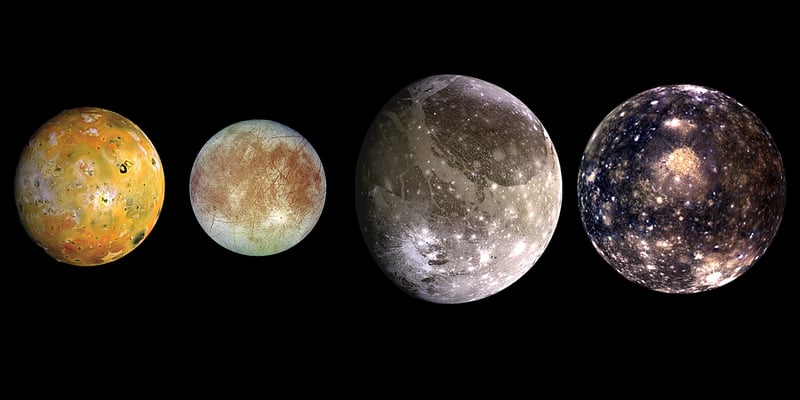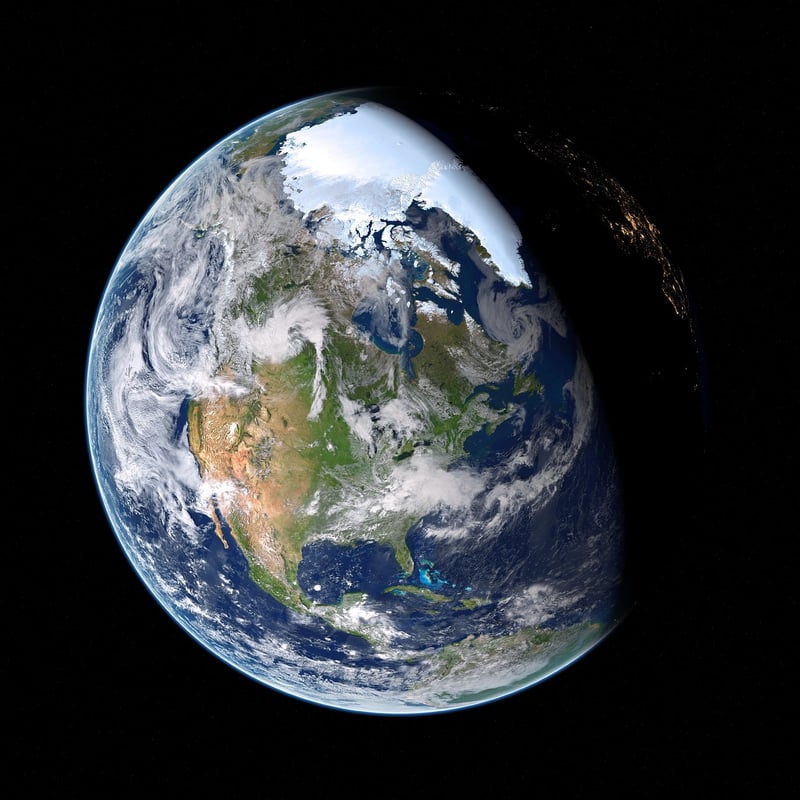Atmospheric studies
Exploring Distant Worlds: A Look at Atmospheric Studies
As humans gaze up at the stars in wonder, scientists are working tirelessly to study distant worlds and unravel the mysteries of their atmospheres. From exoplanets to gas giants, these celestial bodies provide valuable insights into the composition and dynamics of atmospheres beyond our own.
The Search for Exoplanets
One of the most exciting areas of study in astronomy is the search for exoplanets - planets that orbit stars outside our solar system. By analyzing the light that passes through an exoplanet's atmosphere as it transits in front of its host star, scientists can determine its chemical makeup. This information is crucial in understanding the conditions that exist on these distant worlds.

Probing Gas Giants
Gas giants like Jupiter and Saturn in our own solar system offer valuable insights into the behavior of atmospheres composed primarily of hydrogen and helium. By studying the complex weather patterns, atmospheric dynamics, and unique features of these planets, scientists can gain a deeper understanding of how gas giants form and evolve over time.

Atmospheric Studies on Earth
While exploring distant worlds is fascinating, studying Earth's atmosphere remains crucial for understanding climate change, air quality, and weather patterns. Scientists use advanced instruments and satellite technology to monitor greenhouse gas levels, ozone depletion, and atmospheric pollutants, helping us make informed decisions to protect our planet.

Conclusion
From the search for exoplanets to the study of gas giants and Earth's own atmosphere, atmospheric studies provide a window into the diverse and complex worlds that exist beyond our own. By continuing to explore these distant realms, scientists can unlock the secrets of the universe and deepen our appreciation for the wonders of the cosmos.
